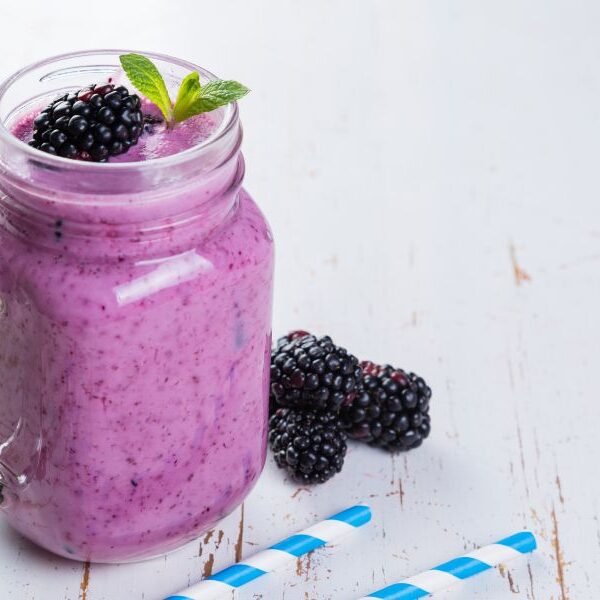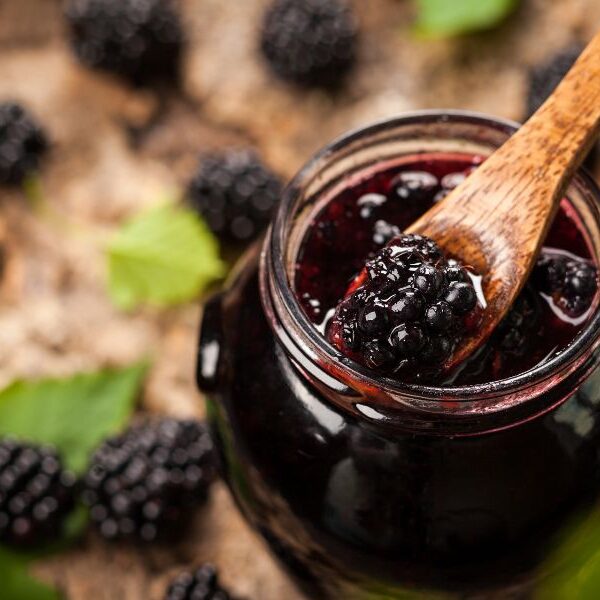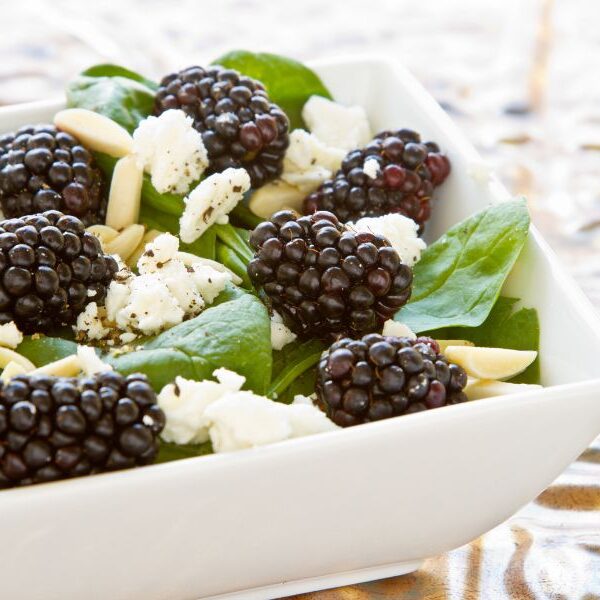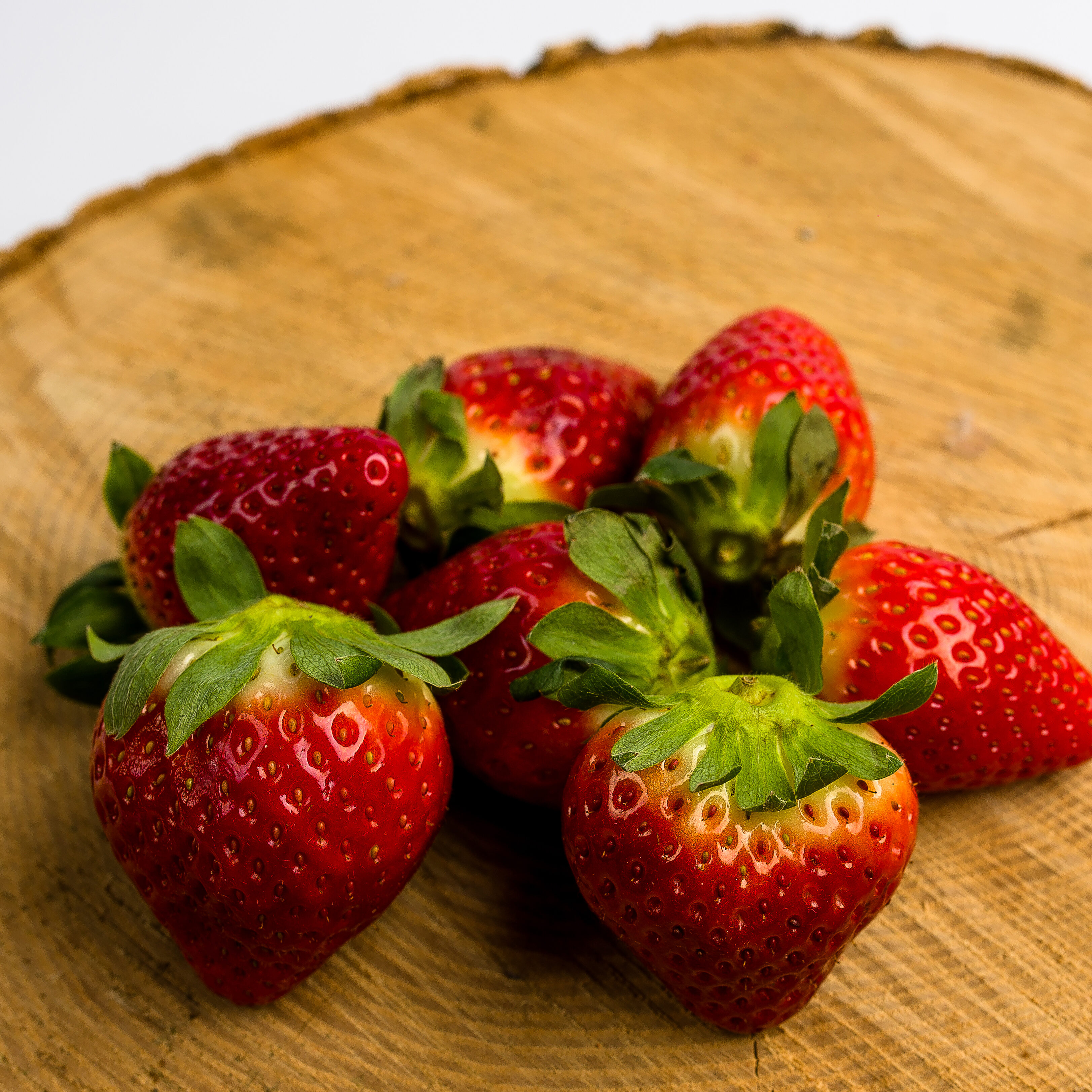
Blackberries - details and properties
Blackberries, cherished for their dark, luscious appearance and exquisite flavor, are a favorite among fruit enthusiasts. These berries stand out not only for their culinary versatility but also for their impressive health benefits. Blackberries are composed of large, juicy drupelets that form a compact cluster. As they ripen, their color shifts from bright red to deep purple or nearly black, showcasing their readiness for consumption. Their shiny, slightly hairy surface adds a natural gloss, making them visually striking. Growing on thorny bushes, blackberries require careful harvesting, adding to their wild and rustic charm.
Blackberries - use in the kitchen
Blackberries offer a rich and complex flavor that makes them a versatile ingredient in a variety of dishes. Below are some of the most popular ways to use them in the kitchen:

Desserts

Breakfasts

Beverages

Sauces and jams

Salads

Simple snack
Whether you're baking a blackberry pie or creating a savory blackberry sauce, blackberries bring richness and complexity to your culinary creations.
Fresh blackberries for sale - our offer and shipping
At Ansław, we are proud to be a trusted blackberries supplier, offering fresh blackberries for sale in wholesale quantities. Our commitment to quality ensures that you receive the finest blackberries, perfect for any culinary or commercial purpose.
Our packaging options include:

Plastic punnets
(125g, 250g, 500g)

Loose crates
(4kg)
These punnets are securely packed in crates and transported on pallets to maintain their freshness and quality. Our professional logistics solutions guarantee safe and timely delivery, making Ansław the ideal choice for customers seeking fresh blackberries for sale in bulk.
Blackberries - taste
The taste of blackberries is a delightful balance of sweetness and tartness, with a distinct earthy aroma. Their juicy, refreshing nature makes them a perfect choice for both sweet and savory dishes. Blackberries are often described as having a "wild" flavor, evoking the freshness of forests and meadows. This unique taste profile, combined with their vibrant aroma, ensures they leave a lasting impression on the palate, whether consumed fresh or incorporated into recipes.
Blackberries - where and when they grow
Blackberries thrive in Poland’s temperate climate, flourishing in sunny, sheltered locations. The blackberry season typically begins in July and extends through September, depending on weather conditions. They grow both in the wild, in forests and meadows, as well as in cultivated orchards. During harvest season, fresh blackberries for sale are readily available, offering consumers easy access to these nutritious fruits. Whether foraged from natural habitats or supplied by professional growers, Polish blackberries are highly valued for their exceptional flavor and quality.
Are you interested in Blackberries?
You may also like:
Ready to find out more?
Check the rest of our Offer!




